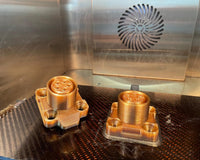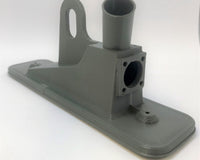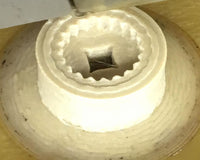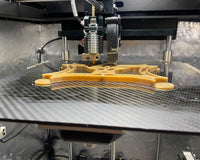In the quest to develop effective synthetic bone grafts, researchers face the challenge of creating structures that not only support tissue regeneration but also deliver key biomolecules to enhance the process. MicroRNA-200c (miR-200c) has emerged as a powerful player in bone formation, yet its sustained delivery from synthetic grafts remains unexplored.
Enter the innovative approach of gelatin-coated 3D-printed PCL scaffolds, spearheaded by The University of Iowa. Leveraging the electrostatic properties of gelatin and the versatility of 3D printing, this study aimed to optimize the release of miR-200c for enhanced bone regeneration.
By carefully modulating gelatin types, coating concentrations, and polymer crosslinking, researchers successfully altered the release rates of miR-200c. This strategic manipulation led to significant advancements in promoting osteogenic differentiation and bone regeneration, both in vitro and in animal models.
Notably, the use of 3D4Makers PCL filament played a pivotal role in this groundbreaking work. PCL's biodegradability makes it an ideal candidate for synthetic grafts, while the addition of gelatin coatings enhances scaffold hydrophilicity and promotes cell attachment.
This study marks a significant step forward in tissue engineering, offering new possibilities for personalized bone grafts and gene therapy. By harnessing the power of 3D printing and our PCL filament, researchers are paving the way for transformative advancements in bone regeneration. Stay tuned as we continue to explore the potential of this innovative approach in reshaping the future of healthcare.
Read the full study here: https://www.ncbi.nlm.nih.gov/pmc/articles/PMC11005014/






